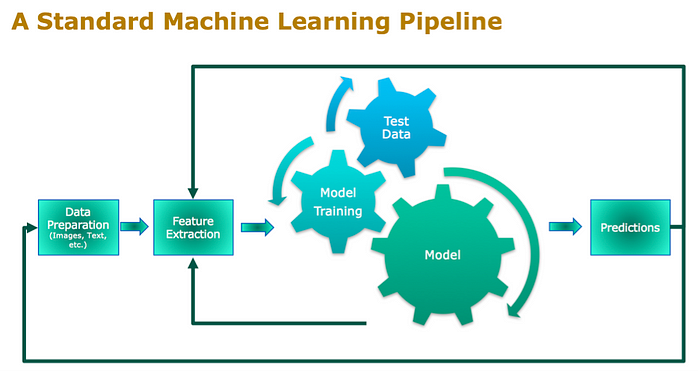
Introduction
Building a machine learning model is not an endpoint but a starting point. It’s in refining, tuning, and optimizing these models where real progress occurs in meeting your project objectives. Improvement comes from understanding your model, the underlying data, and how best to refine your machine learning model’s performance. This comprehensive guide will explore various techniques to improve your machine learning results.
Understanding Your Machine Learning Model
Before seeking ways to improve your machine learning model, it’s vital to understand your model thoroughly. What type of problem is it solving? What features does it consider? How complex is it? Is it biased or does it have high variance? These are some of the questions that you should answer before embarking on the process of improvement.
Improving Algorithm Performance
Improving the performance of a machine learning model often revolves around the following key areas:
Getting More Data: More data can often lead to better performance, as it provides the model with more examples to learn from. However, it’s important to ensure that the data is relevant and high quality. Simply adding more data won’t help if the data is noisy or irrelevant to the problem you’re trying to solve.
Feature Engineering: This is the process of creating new features or modifying existing ones to improve model performance. This could involve steps like removing irrelevant features, creating interaction features, or transforming features to better highlight the underlying patterns in the data.
Algorithm Tuning: Almost all machine learning algorithms have hyper-parameters that can be tuned to improve performance. For example, you could adjust the learning rate in a gradient boosting model or the regularization parameter in a logistic regression model. Techniques like grid search or random search can help identify the best values for these hyperparameters.
Ensembling: This involves combining the predictions of several models to create a final prediction. Ensembling can often lead to improved performance, as it allows the model to capture a wider range of patterns in the data. Popular ensembling techniques include bagging, boosting, and stacking.
Experimentation
Improving a machine learning model involves a lot of experimentation. Different techniques will work better for different problems, so it’s important to try out various approaches and see what works best for your specific problem. Keep in mind that no one technique will always work best, so it’s worth spending the time to experiment with different options.
Evaluation
Evaluation is a crucial part of the process of improving a machine learning model. After each improvement step, you should evaluate the model’s performance to see if the changes have had a positive impact. Use suitable evaluation metrics that align with your project’s objectives and consider using cross-validation or a separate validation dataset to get an unbiased estimate of your model’s performance.
Avoiding Overfitting
While you’re trying to improve your model, it’s essential to avoid overfitting. Overfitting occurs when a model learns the training data too well, including the noise and outliers, and performs poorly on unseen data. Techniques to avoid overfitting include keeping the model complexity in check, using regularization techniques, and splitting the data into training and validation sets to monitor the model’s performance on unseen data.
Conclusion
Improving the results of a machine learning model is both an art and a science. It requires a deep understanding of your model and the data, a willingness to experiment, and a rigorous evaluation process to assess the impact of your changes. While it can be a complex and time-consuming process, the results can be incredibly rewarding, leading to more accurate and reliable models that better meet your project’s objectives. Always remember that patience, persistence, and a structured approach are key to enhancing your machine learning outcomes.
Find more … …
Turbocharging Machine Learning Outcomes: A Comprehensive Guide to Performance Improvement
